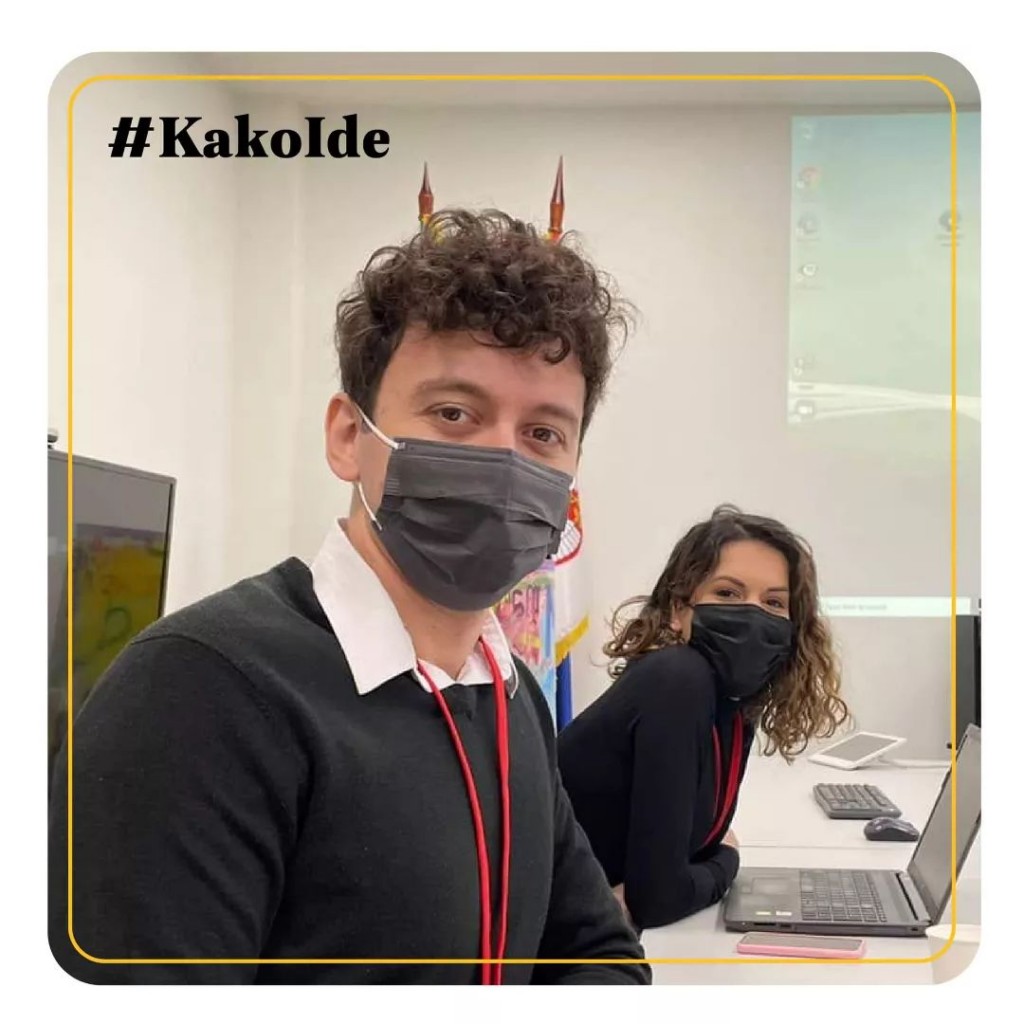The position of young people in Serbia was a topic before the United Nations’ mechanisms for the first time. On Monday, February 21, 2022, the Geneva-based Committee on Economic, Social, and Cultural Rights considered the Youth Specific Alternative Report, submitted by the Belgrade Centre for Human Rights in coalition with other youth organizations and organizations for young people. For the first time, before the international mechanisms available to civil society organizations, the report drew attention to the position of young people and the challenges that young people in Serbia face in exercising their economic and social rights. This opened the process for dialogue with the Committee and the State of Serbia on the needs and recommendations related to the improvement of the young people’s position in the field of social and economic rights.
The position of young people on the labour market in Serbia is significantly more unfavorable than the position of other age groups. Every fifth employed young person earns less than the minimum wage of 33,805.00 Serbian dinars.[1] The Draft Law on Labour Practices proposes that trainees receive compensation that is lower than the minimum wage, and this could lead to employers using them as a substitute for paid workers who are employed for an indefinite period.
Serbia has forgotten about children with disabilities, who make up 80% of children living in institutions, often mixed with adults and threatened with lifelong segregation.[2] The right to personal mobility is not adequately guaranteed to young people with disabilities, making it difficult for them to move into adulthood. The survey shows that two-thirds of respondents have to contribute with their financial resources to get the help they need, and 23% need to procure their aids and devices through charities or humanitarian actions.[3]
The COVID-19 pandemic further highlighted the weaknesses of the psychosocial support system for young people. There are still only five mental health centres in Serbia, and private practice, for financial reasons, is not available to young people. Serbia still does not have a law on psychotherapy that would clearly define who can perform it and under what conditions. The insufficient availability of experts in protecting and improving mental health is one of the burning problems, especially in smaller communities.
Environmental problems significantly affect the lives of young people in Serbia exposed to pollution of all environmental parameters. About 1,300,000 young people are exposed to excessively polluted air, and this, combined with the challenges related to the right to water and waste management, can have serious consequences for young people’s health. High exposure to environmental pollution puts Serbia in ninth place globally and first in Europe in the number of premature deaths caused by pollution per 100,000 inhabitants.[4]
The Youth Specific Alternative Report was prepared and compiled by teams from 12 youth organizations and organizations for youth in Serbia. The entire Report with critical findings, submitted to the United Nations Committee on Economic and Social Rights, is available here.
To inform the youth community about the key findings of the Report and the progress of the dialogue that should lead to improving the position of young people in Serbia, the #KakoIde campaign was launched. You can follow the campaign on the Belgrade Centre for Human Rights social networks.
[1] Minimum net salary for January 2022, available at: http://demo.paragraf.rs/demo/documents/editorial/statistika/02_stat.htm
[2] “Forgotten Children of Serbia”, MDRI-S, 2021, p. 2. Available at: https://www.mdri-s.org/wp-content/uploads/2021/06/Sazetak-final.pdf
[3] Keravica R., Mijatović M., Veljković M. “Youth with disabilities in the fight for freedom and the right to independent living – Access to mobility aids, devices and assistive technologies”, IM-PACT 21 (forthcoming in 2022).
[4] Global Alliance for Health and Pollution – GAHP – available at: https://gahp.net/pollution-and-health-metrics/








